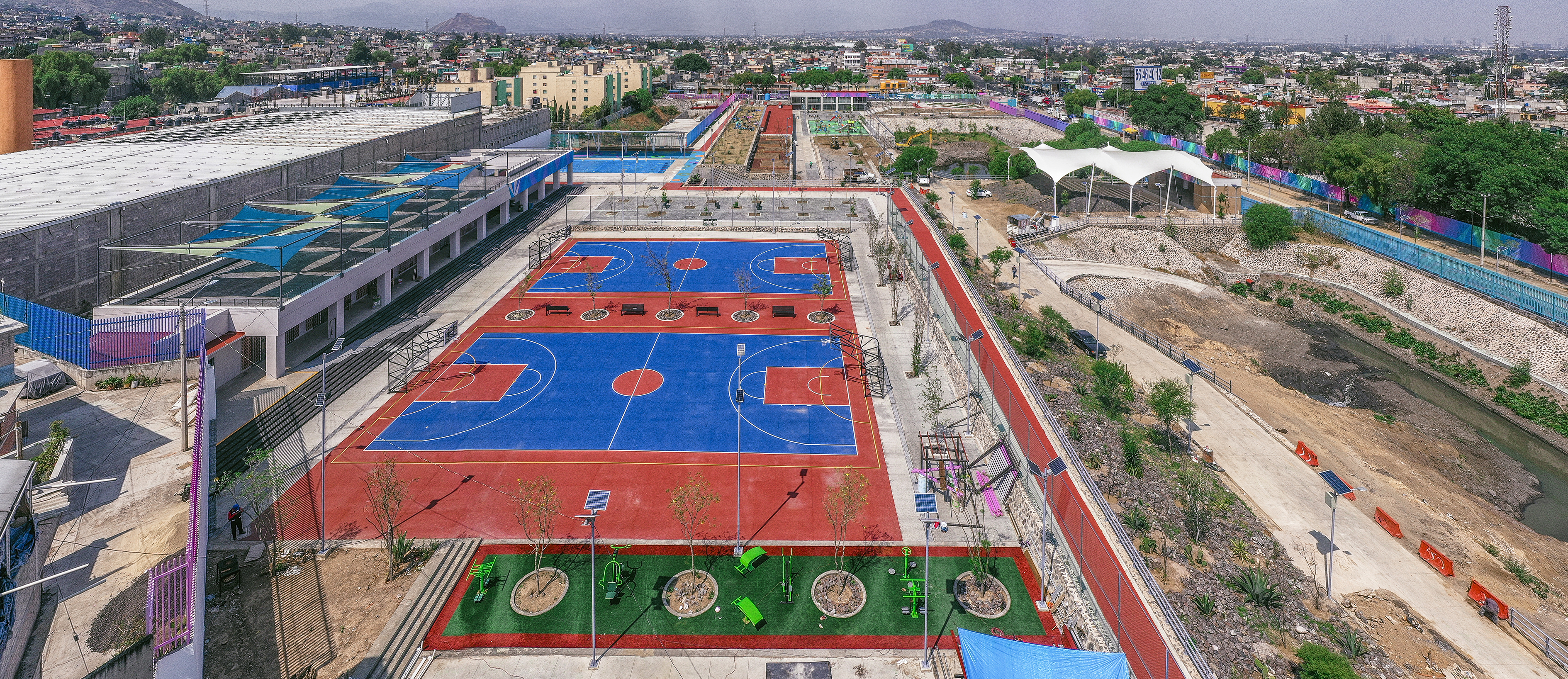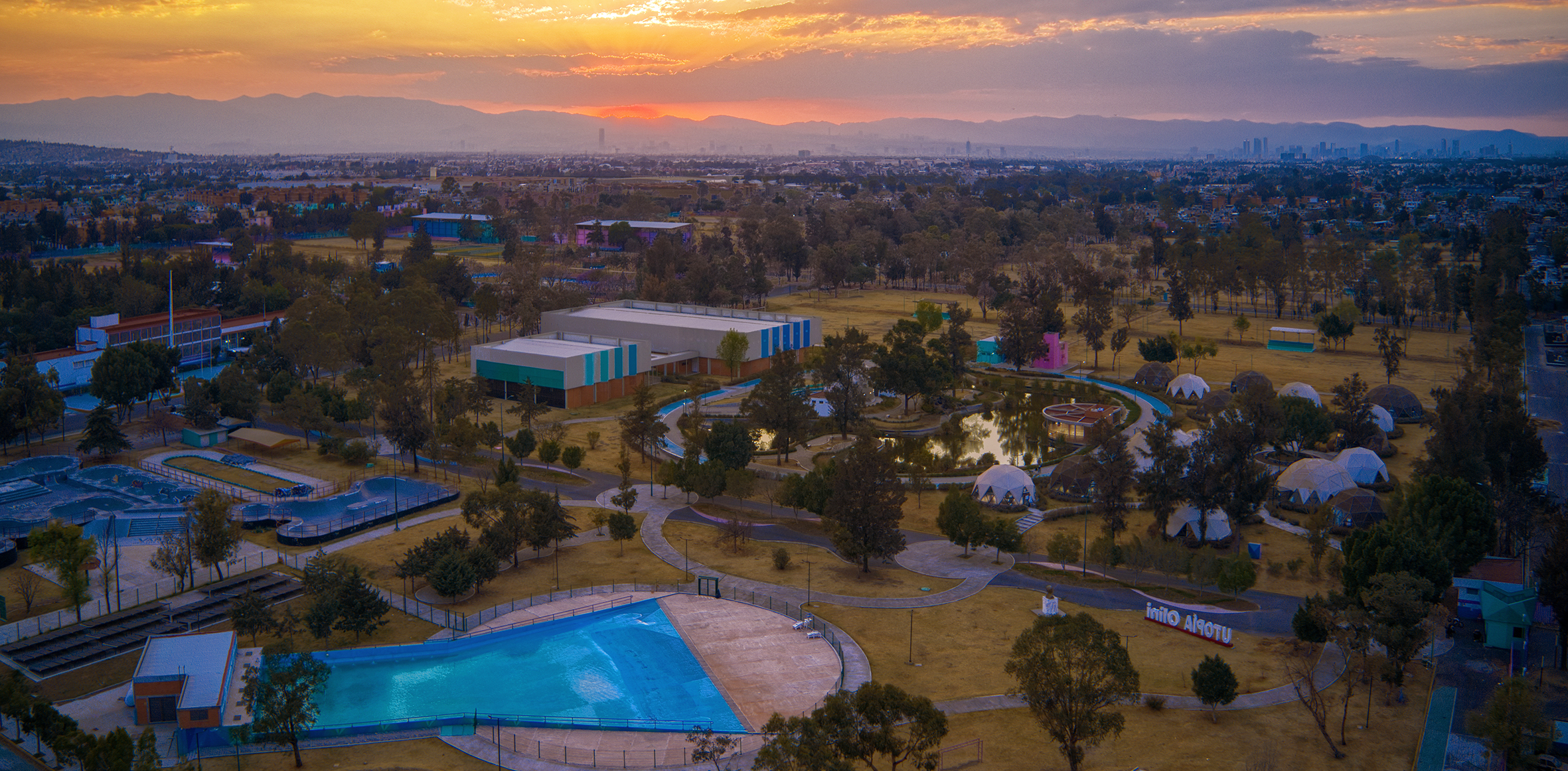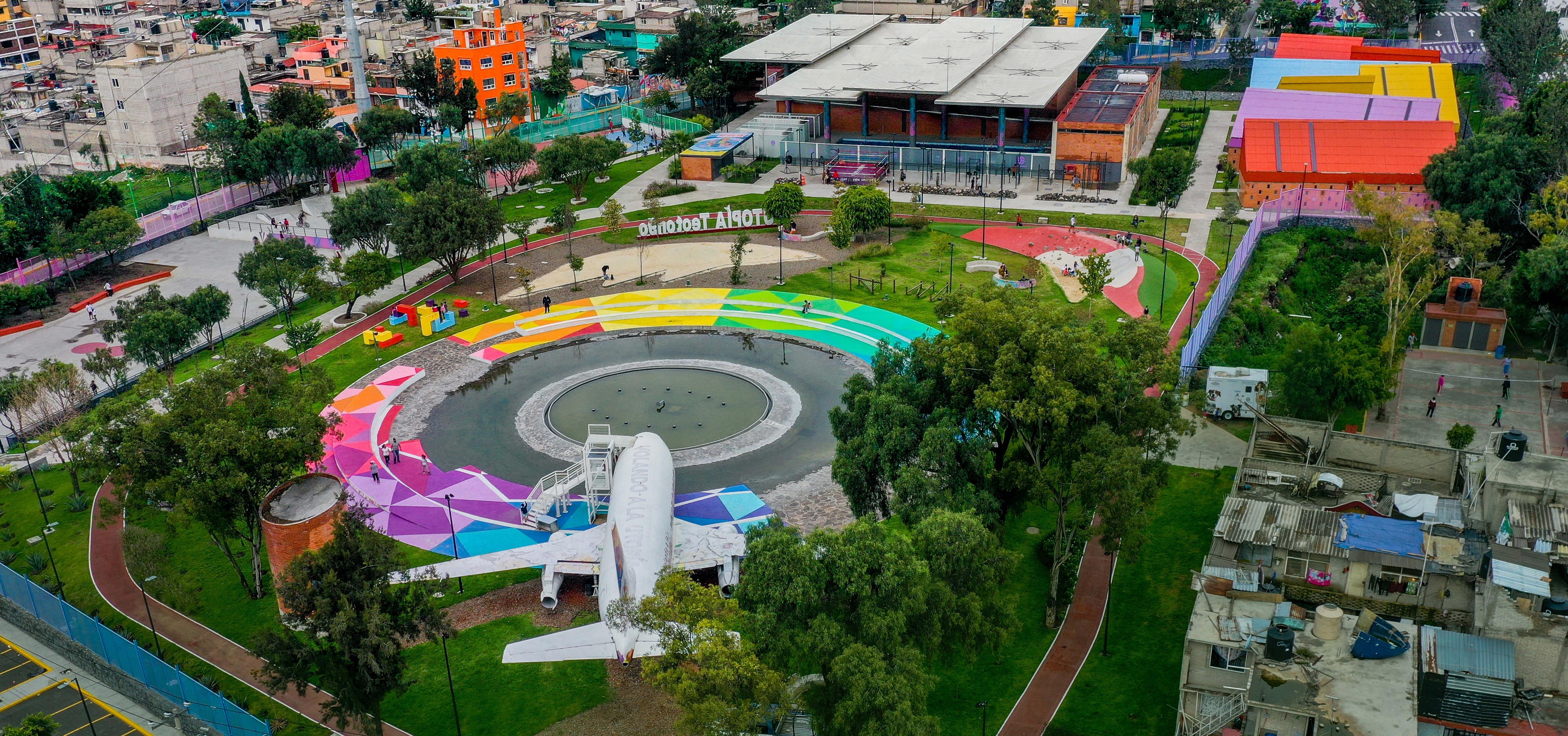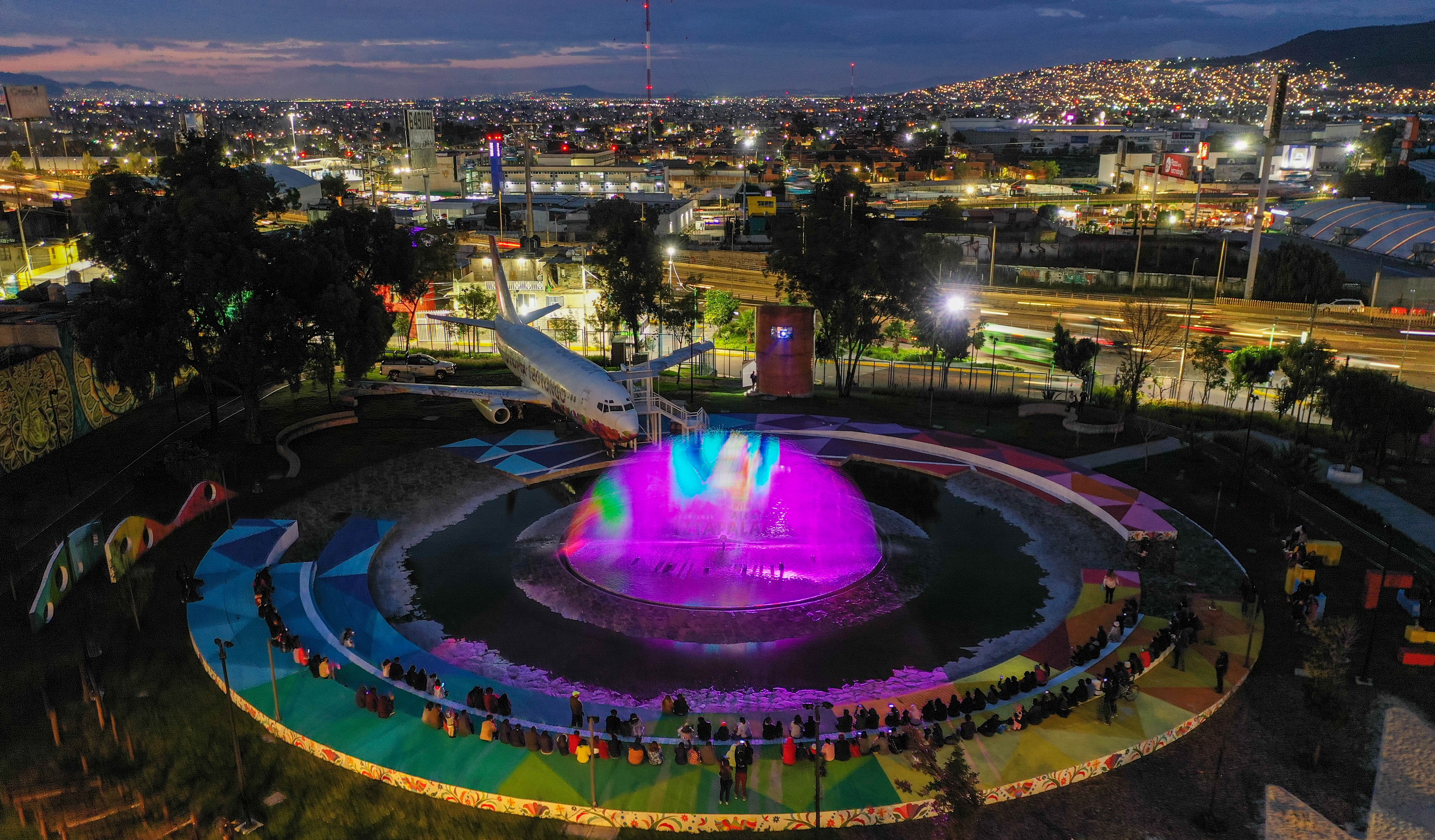 - © Guangzhou Award 2023
- © Guangzhou Award 2023 - © Guangzhou Award 2023
- © Guangzhou Award 2023 - © Guangzhou Award 2023
- © Guangzhou Award 2023 - © Guangzhou Award 2023
- © Guangzhou Award 2023
City
Mexico City
Main actors
City Government, National Government, Supranational / Intergovernmental Institutions, NGO / Philanthropy, Community / Citizen Group, Research Institutes / Universities
Project area
Neighborhood or district
Duration
Ongoing since 2018
The UTOPÍAS of Iztapalapa, a municipal initiative embedded within the Government Program, is a series of parks, social centers, learning & cultural centers, and sports facilities aimed at transforming urban peripheries in Mexico City's most densely populated borough. As an emblematic project of the current administration, the UTOPÍAS initiative seeks to regenerate public spaces and build high-impact facilities to overcome socio-territorial inequality and promote human rights and community well-being. By adopting a rights-based approach and focusing on the needs of children, youth, and gender equality, the project aligns with the principles outlined in the New Urban Agenda and contributes to the achievement of the Sustainable Development Goals set forth in the 2030 Agenda. The name "UTOPÍAS" stands for Units of Transformation and Organization for Inclusion and Social Harmony (Unidades de Transformación y Organización Para la Inclusión y la Armonía Social).
Iztapalapa, the largest and most densely populated borough of Mexico City has a population of 1,835,486 and accounts for 22% of the total population of Mexico City. As the second most populous city in Mexico, Iztapalapa faces significant challenges in meeting the high demand for services, consumer goods and economic benefits that come with such a large population. Forty-three percent of the population (800,000) live in poverty, with 33% between 15-34 years old and 23% working in the informal economy. Historically, Iztapalapa has been the city's backyard, with a significant lag in necessary physical and social infrastructure.
The primary objective of the UTOPÍAS program is to reduce social and territorial inequalities and transform Iztapalapa into a place where the rights of all people are respected and guaranteed. This involves revitalizing neglected public spaces and creating a network of significant public facilities that enhance human rights and community well-being.
The UTOPÍAS represent an innovative model of public management that integrates participatory, transdisciplinary, and trans-sectoral approaches. This model has led the various departments within the mayoralty to collaborate on a unified project that goes beyond individual contributions, fostering a sense of shared ownership and purpose. The UTOPÍAS challenge the team to think of themselves as a cohesive unit, encouraging collective planning, organization, and a strong sense of unity – ultimately creating the UTOPÍAS-team. This management model emphasizes shared responsibility throughout the entire project lifecycle, from design and planning to execution, operation, and sustainability. Adopting this approach requires a significant transformation in the way governance is exercised, promoting a more collaborative and integrated decision-making process.
On Map
The Map will be displayed after accepting cookie policy

